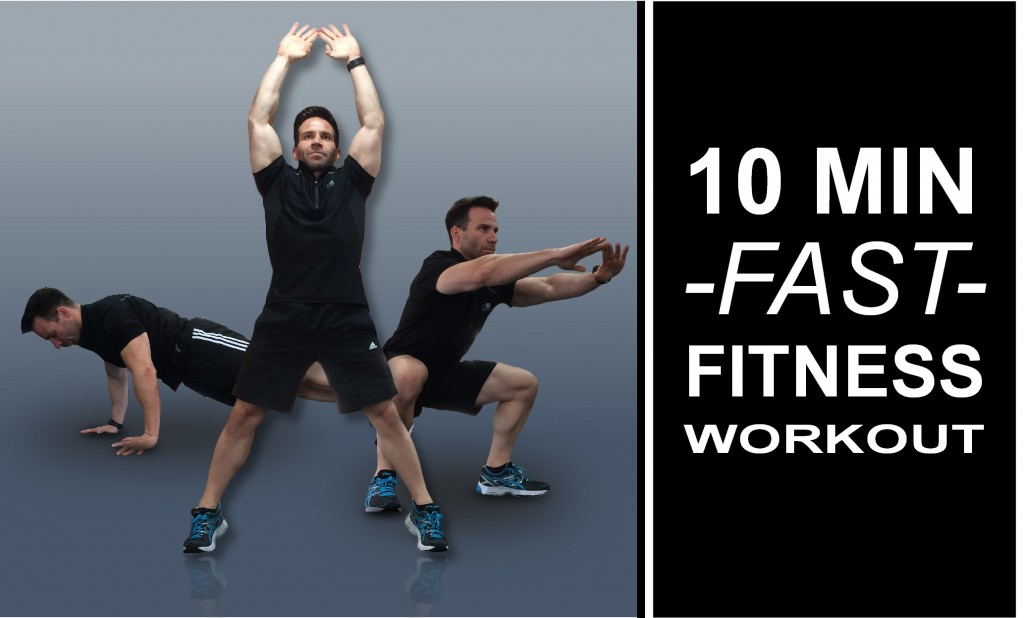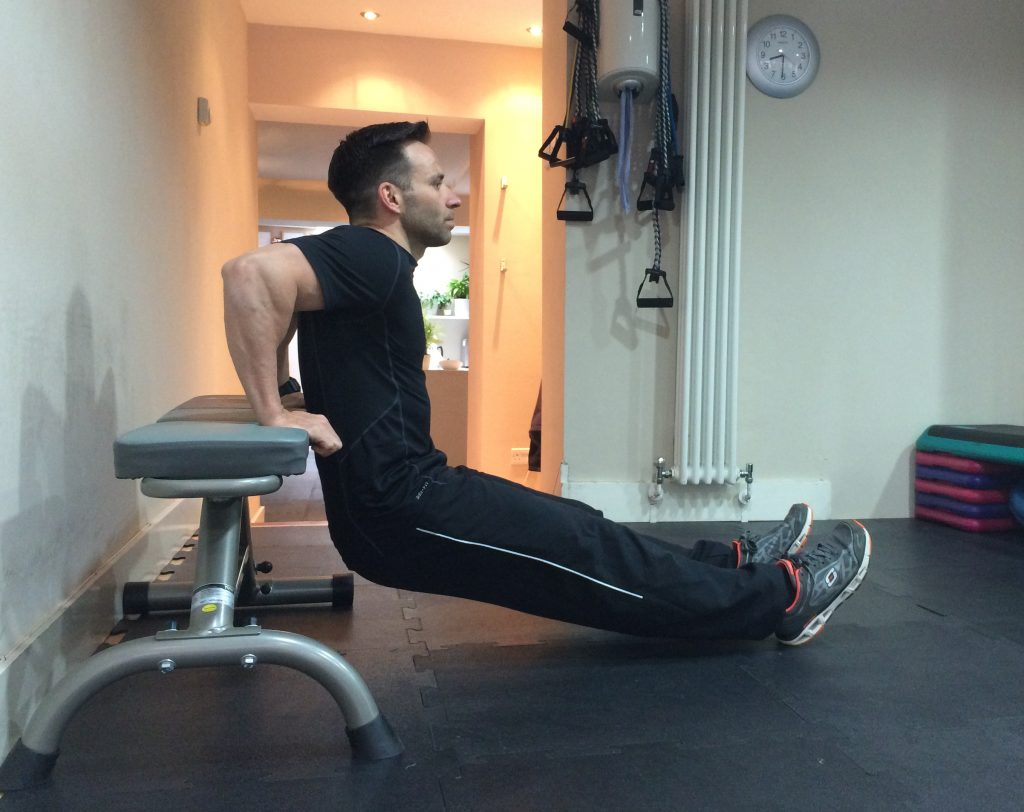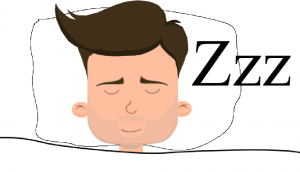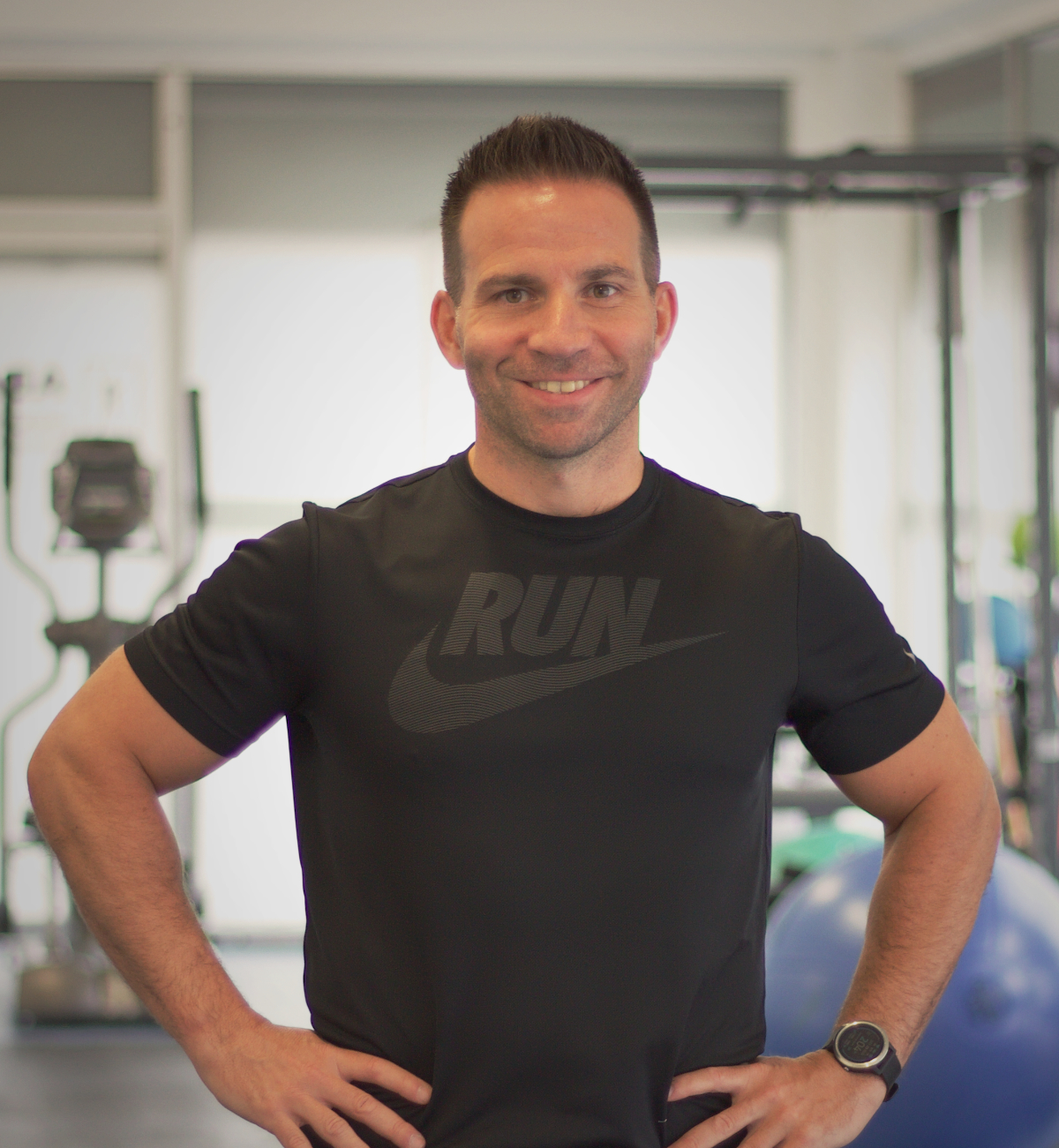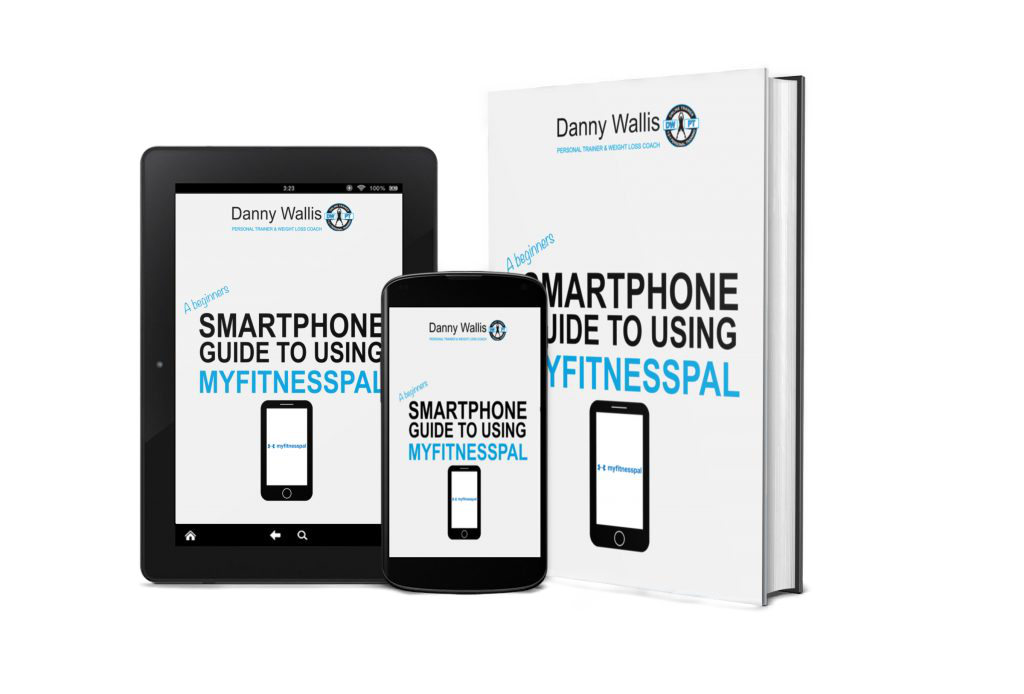Back in November 2015, I wrote a Frequently Asked Questions post based queries my clients asked me most as their Personal Trainer. This week, to help and support others within the community, I decided to write a similar post asking people via Facebook and Twitter what questions they would like answered… and here they are!
Jo asked…
1) “If you have chronic injuries which stop you from doing cardio, what training would you recommend to burn fat and keep the weight down?”
Depending on what your injuries are, I would suggest focusing on resistance based H.I.I.T training. This is where you use weights or your bodyweight to perform strength exercises back-to-back with very little (if any) rest between. This type of training has huge fat burning potential and, is fantastic for toning and strengthening your muscles too.
Check out my Fast Fitness Workout offering an example of a H.I.I.T training programme which you can start today.
As with any injury, if exercise is proving painful you must consult your GP/Consultant or a qualified physio before commencing a new workout plan.
Anne asked…
2) “What is the truth behind the rumour that stomach crunches are not the best exercise for abdominal definition and what would you recommend instead?”
Yes, it’s true, crunches are generally ineffective in terms of burning fat and revealing abdominal definition for three main reasons:
- The volume of calories which ‘crunches’ generally burn is low, it would take thousands of repetitions to burn enough fat to reveal your abdominals
- It’s impossible to ‘spot reduce’ anywhere, meaning working your abs won’t burn fat off your abs
- Mechanically, crunches only work a small percentage of your core and are more likely to cause backache and postural problems if you rely on them exclusively
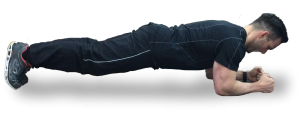 Instead, I would focus on building core strength from a variety of different exercises. These exercises would involve much more functional involvement from the core and will work on different planes of movement for maximum benefit. Aim to include Medicine Ball Woodchops, the Plank, the Side Plank (for the waist/oblique muscles) and Dorsal Raise Back Extensions into your workout to keep things balanced.
Instead, I would focus on building core strength from a variety of different exercises. These exercises would involve much more functional involvement from the core and will work on different planes of movement for maximum benefit. Aim to include Medicine Ball Woodchops, the Plank, the Side Plank (for the waist/oblique muscles) and Dorsal Raise Back Extensions into your workout to keep things balanced.
Susan asked…
3) “What trainers (footwear) would you recommend for gym based exercise?”
This is a huge subject and could be debated upon. However, I have some basic advice to keep things simple.
First of all, if you are including a type of workout which involves multi-directional movements, impact and changing direction quickly, you will definitely benefit from a shoe which is supportive and will protect your ankles. I tend to advise buying a training shoe based on three principles:
- Heel Support
In my opinion, you need a shoe which supports your heels properly. This means the back of the shoe will have a plastic arch built into the heel to support your Achilles’ tendon and will help prevent soft tissue damage.
- Anti-Roll
If you hold your shoe end-to-end, try to twist it. If it twists like a wet tea towel, I would leave them alone. Changing direction and working in a multi-directional environment means you need lateral support. If your shoes twist excessively, you can wave goodbye to them supporting your ankles.
- Comfort
It seems like such obvious advice but so often professionals are fixated on the function of the shoe and not the person wearing them. I would not suggest one particular brand or type of shoe generally because you may buy a ‘recommended pair’ and still not be comfortable in them.
I would only make a recommendation based on what I have used personally – I wear the Gel Plus range of Asics and love them. They are supportive and extremely comfortable for me. Granted, this particular style of shoe is designed for running, not cross-training… However, for me they serve my purposes and are the most comfortable trainers I have found so far.
Karen asked…
4) “What type of training would help me lose weight from my triceps (back of the upper arm muscles)?”
As mentioned in the abdominal question earlier, ‘spot reduction’ is impossible – This means it is impossible to lose weight from a specific area by exercising that area.
Instead, focus on building tone and strength into the triceps with a variety of compound movements such as tricep dips and pushups… Then isolate them with some overhead extensions and triceps kickbacks with dumbbells.
In addition, make sure you are eating a calorie controlled healthy diet plus doing plenty of cardio to help burn off enough calories weekly to begin seeing the definition in your arms.
Joanne asked…
5) “What kind of diet would you recommend in order to burn fat while increasing muscle mass?”
Technically, your body requires a calorie surplus to build muscle and a calorie deficit to burn fat. This, of course, makes designing a healthy eating plan to achieve both goals difficult. How can you be in a calorie deficit and surplus at the same time? Well, technically you can’t.
My suggestion, however, would be to aim for a high protein, low fat and good quality carb diet with the following ratios: 40% proteins, 40% carbs (Mainly from vegetables… Aim to keep starchy carbs for after exercise) and 20% fats from sources such as nuts, fish, oils and avocados. Read my post ‘So, What Should I Eat?’ for more detailed dietary advice.
Work out your daily calorie needs using this Total Daily Energy Expenditure (TDEE) calculator. Aim for an extra couple of hundred calories on your training days (to refuel and rebuild the muscles) and a small deficit of a few hundred calories on your non-training days (when you don’t need the extra energy).
If you are struggling with calorie counting I would suggest using the MyFitnessPal app which is a fantastic, easy-to-use online food diary.
Sean asked…
6) “I’m confused about rest days. How often and when should I have one?”
Recovery is as important as working out. Training breaks the body down and rest + nutrition build you back up again. If you are just starting out, aim to exercise (with high intensity) three times a week with at least one day of rest in between to recover.
For the more experienced, listen to your body. If your training days are back-to-back and you are feeling constantly tired, run down, demotivated and your muscles are consistently sore or aching, it’s a sure sign you are doing too much.
Don’t be afraid to take a few days off training to fully recover. You may feel guilty initially, however, when I have followed this option in the past I’ve always come back stronger than ever.
Start again slowly and remind yourself if it proved too much once, it will again. Rework your routine and plan adequate rest in between workout days… Don’t over do it. Remember, sustainability and consistency is key to long-term success.
Sarah asked…
7) “How do I prevent the pain I feel after a hard training session?”
Delayed Onset Muscle Soreness (DOMS) is caused by small microtears in the muscle after exercising. This is perfectly normal but can cause onset soreness. Over time, as you get fitter, the problem gets easier.
When starting out, ensure you are not overdoing it. Training should leave you feeling worked, but not ‘broken’. If you are sore applying ice will help along with gentle movements and stretching.
Michael asked…
8) “What should I be eating for breakfast?”
Think protein. Most people opt for toast or cereal for breakfast which often leaves out important muscle building proteins in favour of sugary carbs. Choose from eggs, low fat yoghurt, lean bacon, fish and cottage cheese for a protein rich start to your day. To accompany your protein; choose from a selection of wholemeal toast, crisp bread, fruit, tomatoes and avocado for a well-rounded nutritional ‘protein packed’ breakfast.
Lucy asked…
9) “I’ve had two children and now want to tone-up and get fitter. I’m naturally slim though and don’t want to lose weight. What training would you recommend?”
Focus on a resistance based training programme, ideally weight training (or bodyweight training, if you don’t have access to equipment) to help build strength, fitness and lean muscle. This will help change your body shape and increase your overall fitness. Your body will only lose weight if your daily calorie deficit is too big. In order to best support your new workout regime, aim to increase your daily calories. This will help to promote muscle toning and to avoid further weight loss.
Wendulka asked…
10) “After training with weights and doing cardio for around 18 months, I’m stronger but not seeing physical differences. Why is this?”
80% of your results come from your food. In this instance, my suggestion would be your current diet isn’t serving you well and is maintaining a small layer of body fat covering your muscles. This, in turn, will prevent you from seeing your well earned definition… Which is there, just hidden! Aim to reduce sugars, alcohol and unhealthy fats from your daily eating plan. In addition, maintain a calorie controlled eating plan to begin seeing the positive effects of your hard earned work.
Thank You…
I would like to thank everybody who submitted their questions for this weeks post. I hope my answers managed to help you and others with the same queries.
Do You Have a Question You Would Like Answered?
If you would like your questions answered in my next Q&A style post, please leave me a comment in the Comment Section below.
If you would like to chat with me socially, you can find me on Facebook…
http://www.facebook.com/dannywallispt
Or Twitter at: @dannywallispt

